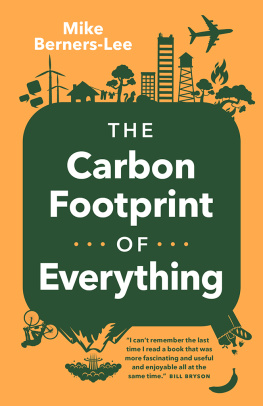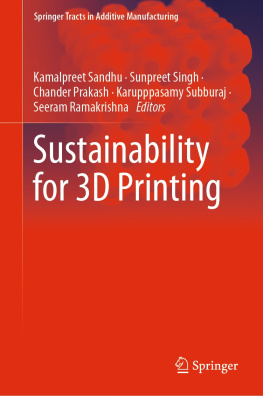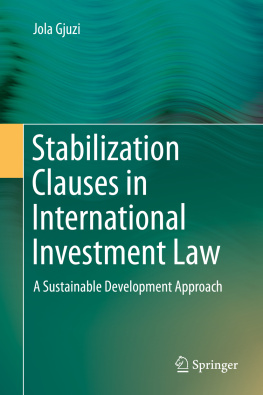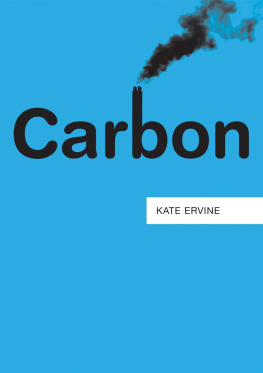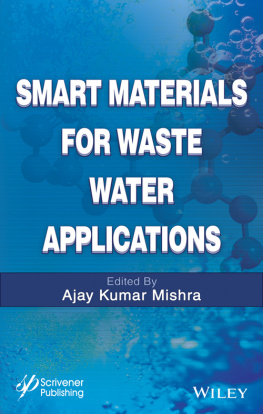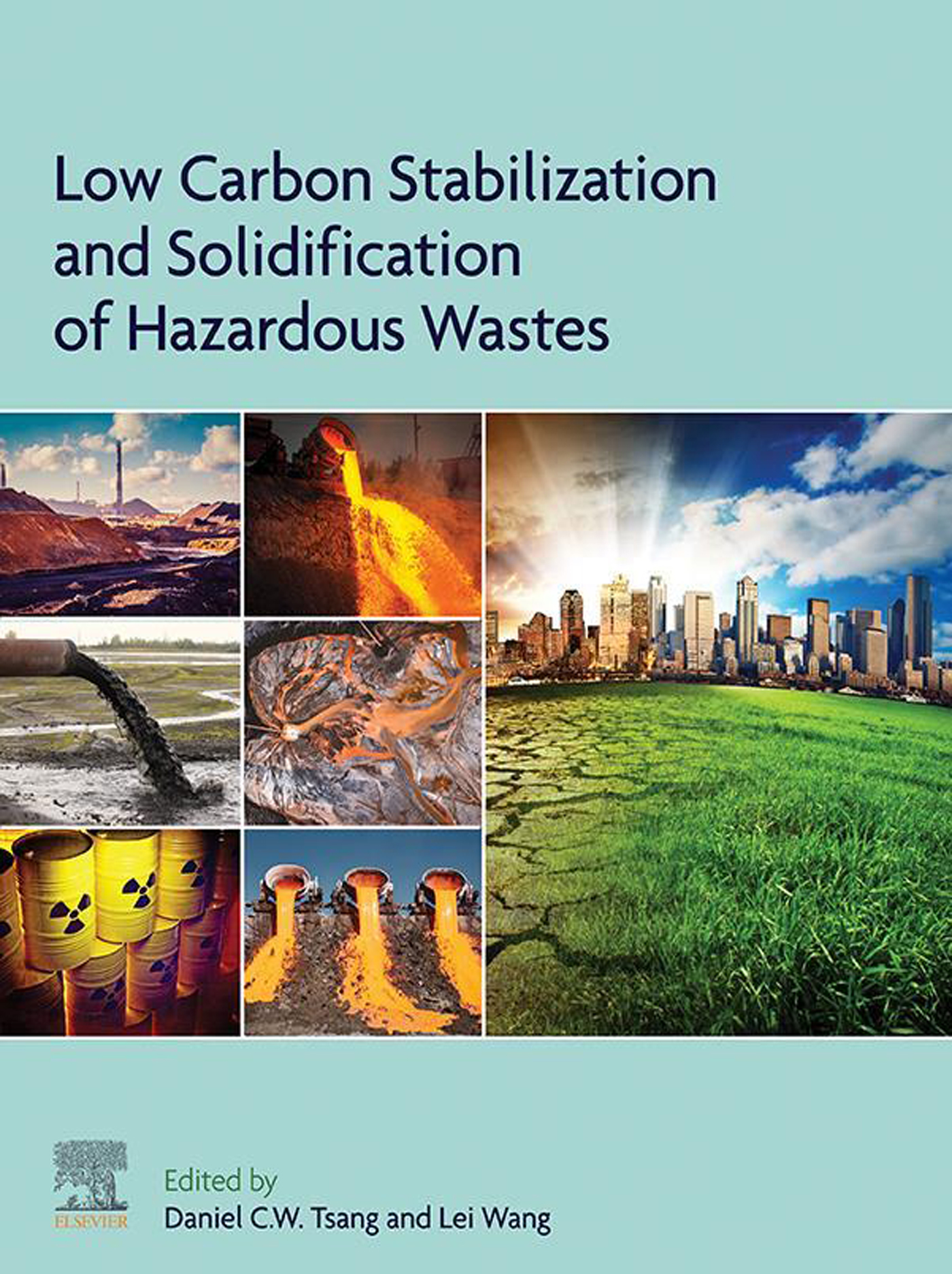Table of Contents
List of tables
- Tables in Chapter 2
- Tables in Chapter 4
- Tables in Chapter 6
- Tables in Chapter 7
- Tables in Chapter 8
- Tables in Chapter 9
- Tables in Chapter 10
- Tables in Chapter 11
- Tables in Chapter 12
- Tables in Chapter 14
- Tables in Chapter 17
- Tables in Chapter 19
- Tables in Chapter 20
- Tables in Chapter 21
- Tables in Chapter 22
- Tables in Chapter 23
- Tables in Chapter 25
- Tables in Chapter 26
- Tables in Chapter 27
- Tables in Chapter 28
- Tables in Chapter 31
- Tables in Chapter 33
List of illustrations
- Figures in Chapter 1
- Figures in Chapter 2
- Figures in Chapter 3
- Figures in Chapter 4
- Figures in Chapter 5
- Figures in Chapter 6
- Figures in Chapter 7
- Figures in Chapter 8
- Figures in Chapter 9
- Figures in Chapter 10
- Figures in Chapter 11
- Figures in Chapter 12
- Figures in Chapter 13
- Figures in Chapter 14
- Figures in Chapter 15
- Figures in Chapter 16
- Figures in Chapter 17
- Figures in Chapter 18
- Figures in Chapter 19
- Figures in Chapter 20
- Figures in Chapter 21
- Figures in Chapter 22
- Figures in Chapter 23
- Figures in Chapter 24
- Figures in Chapter 25
- Figures in Chapter 26
- Figures in Chapter 27
- Figures in Chapter 28
- Figures in Chapter 30
- Figures in Chapter 31
- Figures in Chapter 32
- Figures in Chapter 33
Landmarks
Table of Contents
Low Carbon Stabilization and Solidification of Hazardous Wastes
Edited by
Daniel C.W. Tsang
Department of Civil and Environmental Engineering, The Hong Kong Polytechnic University, Kowloon, Hong Kong, China
Lei Wang
Institute of Construction Materials, Technische Universitt Dresden, Dresden, Germany

Copyright
Elsevier
Radarweg 29, PO Box 211, 1000 AE Amsterdam, Netherlands
The Boulevard, Langford Lane, Kidlington, Oxford OX5 1GB, United Kingdom
50 Hampshire Street, 5th Floor, Cambridge, MA 02139, United States
Copyright 2022 Elsevier Inc. All rights reserved.
No part of this publication may be reproduced or transmitted in any form or by any means, electronic or mechanical, including photocopying, recording, or any information storage and retrieval system, without permission in writing from the publisher. Details on how to seek permission, further information about the Publishers permissions policies and our arrangements with organizations such as the Copyright Clearance Center and the Copyright Licensing Agency, can be found at our website: www.elsevier.com/permissions.
This book and the individual contributions contained in it are protected under copyright by the Publisher (other than as may be noted herein).
Notices
Knowledge and best practice in this field are constantly changing. As new research and experience broaden our understanding, changes in research methods, professional practices, or medical treatment may become necessary.
Practitioners and researchers must always rely on their own experience and knowledge in evaluating and using any information, methods, compounds, or experiments described herein. In using such information or methods they should be mindful of their own safety and the safety of others, including parties for whom they have a professional responsibility.
To the fullest extent of the law, neither the Publisher nor the authors, contributors, or editors, assume any liability for any injury and/or damage to persons or property as a matter of products liability, negligence or otherwise, or from any use or operation of any methods, products, instructions, or ideas contained in the material herein.
British Library Cataloguing-in-Publication Data
A catalogue record for this book is available from the British Library
Library of Congress Cataloging-in-Publication Data
A catalog record for this book is available from the Library of Congress
ISBN: 978-0-12-824004-5
For Information on all Elsevier publications visit our website at https://www.elsevier.com/books-and-journals
Publisher: Candice Janco
Acquisitions Editor: Marisa LaFleur
Editorial Project Manager: Aleksandra Packowska
Production Project Manager: Sruthi Satheesh
Cover Designer: Greg Harris
Typeset by MPS Limited, Chennai, India

List of contributors
Daniel J. Bailey , Department of Materials Science and Engineering, University of Sheffield, Sheffield, United Kingdom
Mostafa Benzaazoua
Research Institute on Mines and Environment, University of Qubec in Abitibi-Tmiscamingue, Rouyn-Noranda, QC, Canada
Mining Environment and Circular Economy Program, Mohammed VI Polytechnic University, Ben Guerir, Morocco
Bauyrzhan Biakhmetov
James Watt School of Engineering, University of Glasgow, Glasgow, United Kingdom
Department of Energy, Saken Seifullin Kazakh Agrotechnical University, Nur-Sultan, Kazakhstan
Bora Cetin , Department of Civil and Environmental Engineering, Michigan State University, East Lansing, MI, United States
Laurent Charlet , Univ. Grenoble Alpes, Univ. Savoie Mont Blanc, CNRS, IRD, IFSTTAR, ISTerre, 38000, Grenoble, France
Vincent Chatain , Universit de Lyon, INSA Lyon, Laboratoire Dchets Eaux Environnement Pollutions (DEEP) - EA 7429, Villeurbanne Cedex, France
Jing Chen , School of Environmental Science and Engineering, Huazhong University of Science and Technology, Wuhan, P.R. China
Liang Chen , Department of Civil and Environmental Engineering, The Hong Kong Polytechnic University, Kowloon, Hong Kong, China
Meiqi Chen , Graduate School of Engineering, Hokkaido University, Sapporo, Japan
Julien Couvidat , Universit de Lyon, INSA Lyon, Laboratoire Dchets Eaux Environnement Pollutions (DEEP) - EA 7429, Villeurbanne Cedex, France
Louise Darricau , Research Institute on Mines and Environment, University of Qubec in Abitibi-Tmiscamingue, Rouyn-Noranda, QC, Canada
Sabino De Gisi , Department of Civil, Environmental, Land, Building Engineering and Chemistry (DICATECh), Polytechnic University of Bari, Bari (BA), Italy
Abay Dostiyarov , Department of Energy, Saken Seifullin Kazakh Agrotechnical University, Nur-Sultan, Kazakhstan
Yan-Jun Du , Institute of Geotechnical Engineering, Southeast University, Nanjing, P.R. China
Yassine El Khessaimi , Mining Environment and Circular Economy Program, Mohammed VI Polytechnic University, Ben Guerir, Morocco
Abdellatif Elghali , Geology and Sustainable Mining Department, Mohammed VI Polytechnic University, Ben Guerir, Morocco
Zhuoting Fang , State Key Laboratory of Energy Clean Utilization, Zhejiang University, Hangzhou, P.R. China
Alejandro Fernandez-Martinez , Univ. Grenoble Alpes, Univ. Savoie Mont Blanc, CNRS, IRD, IFSTTAR, ISTerre, 38000, Grenoble, France
Laura J. Gardner , Department of Materials Science and Engineering, University of Sheffield, Sheffield, United Kingdom


